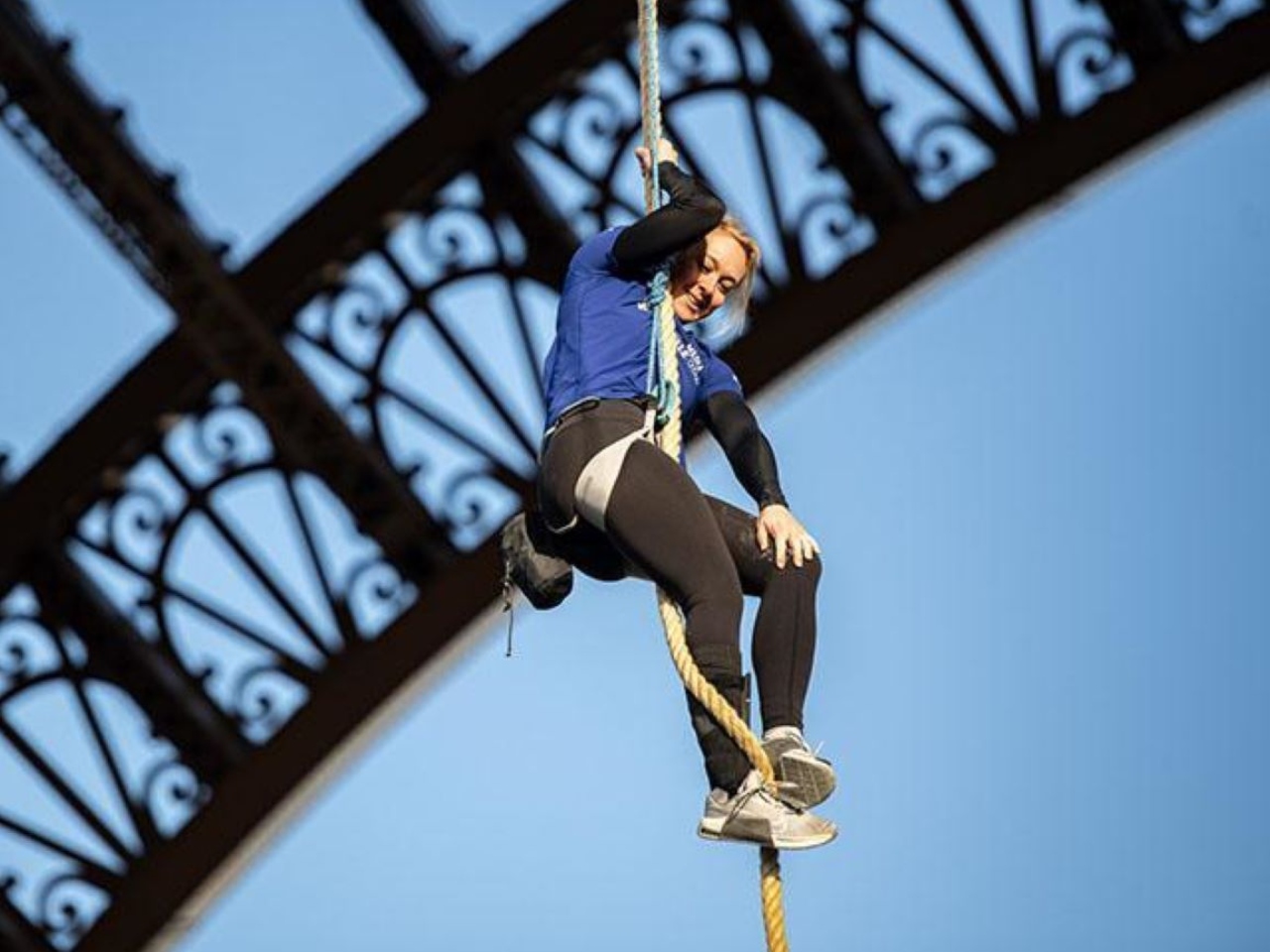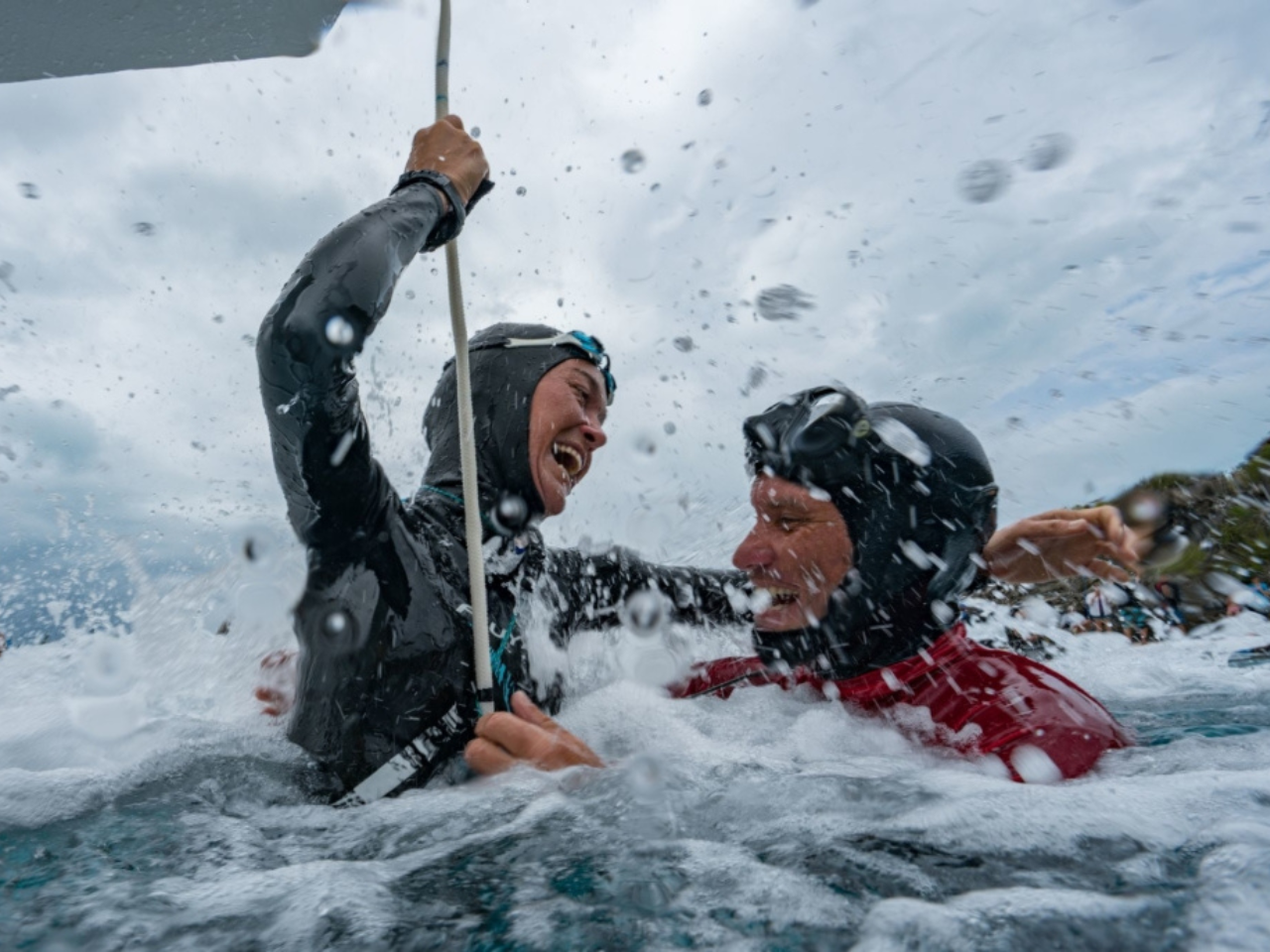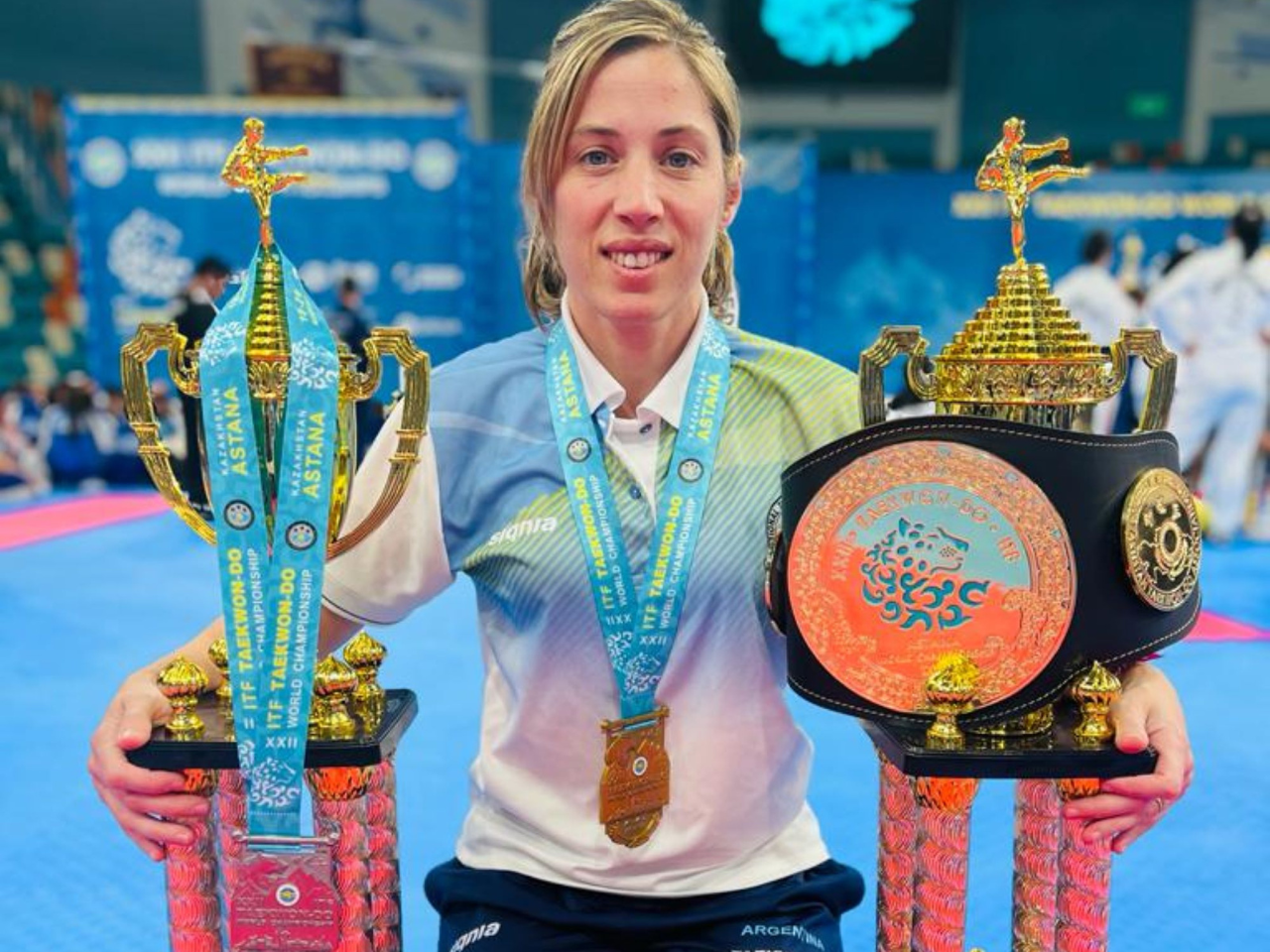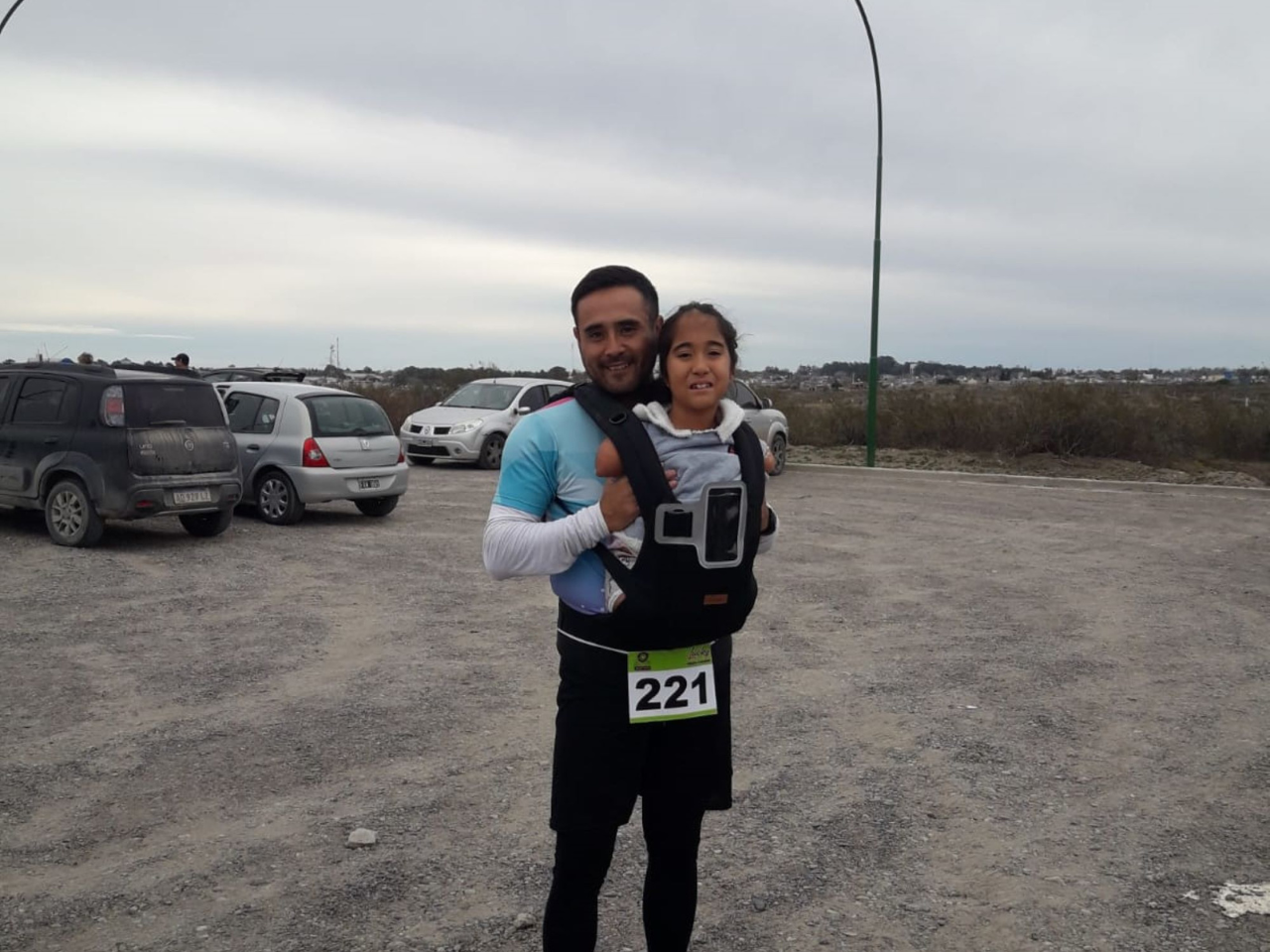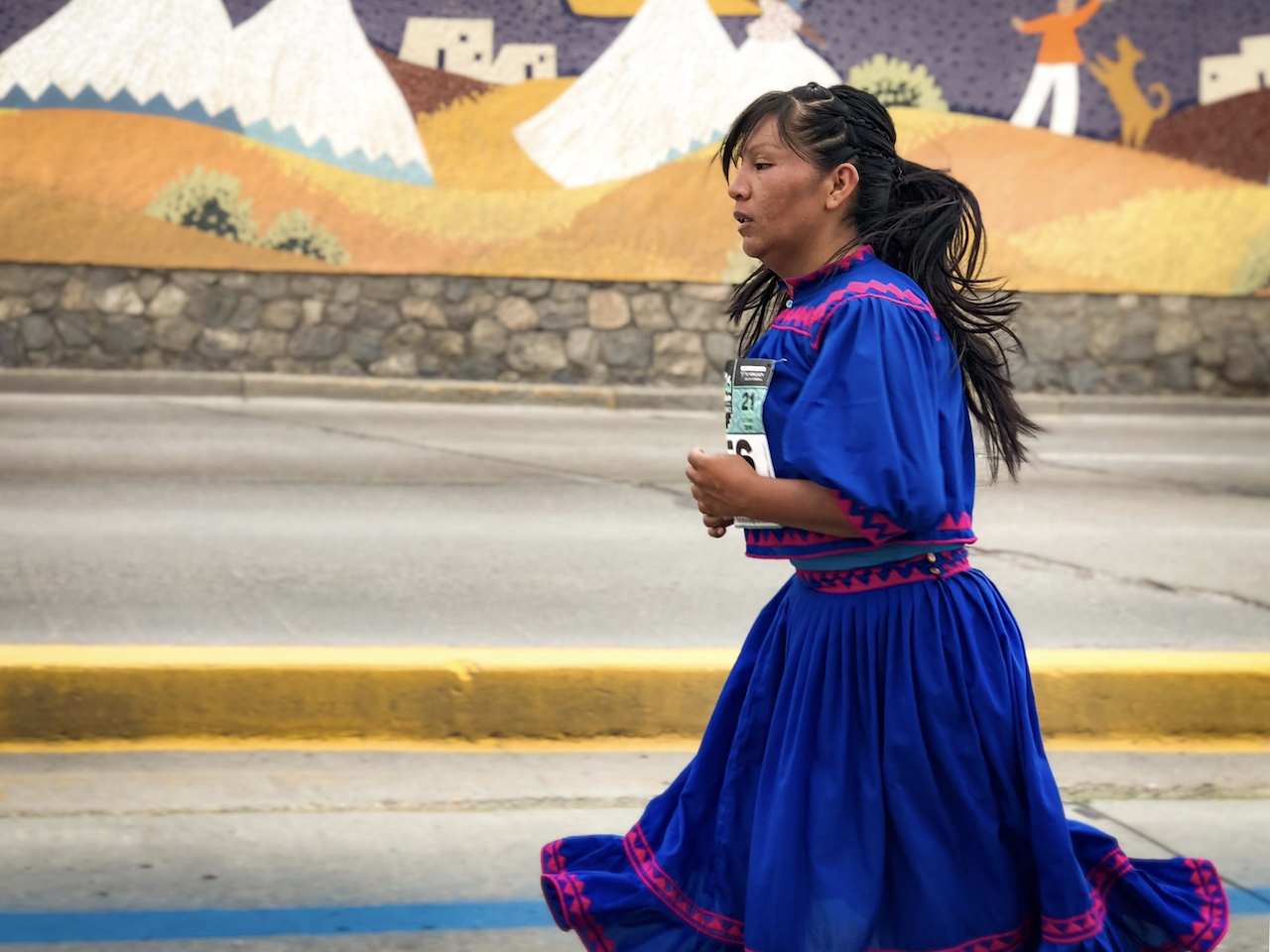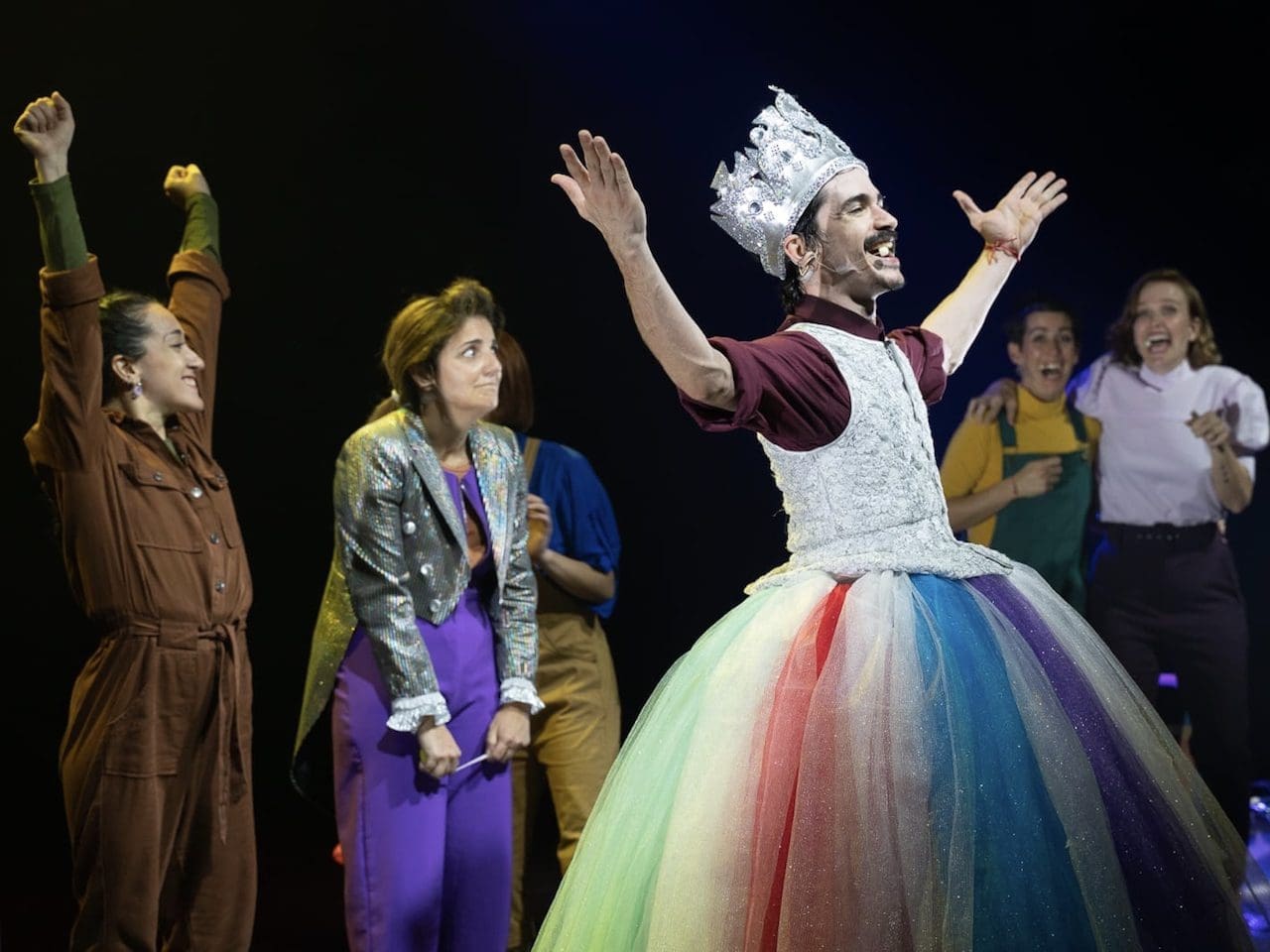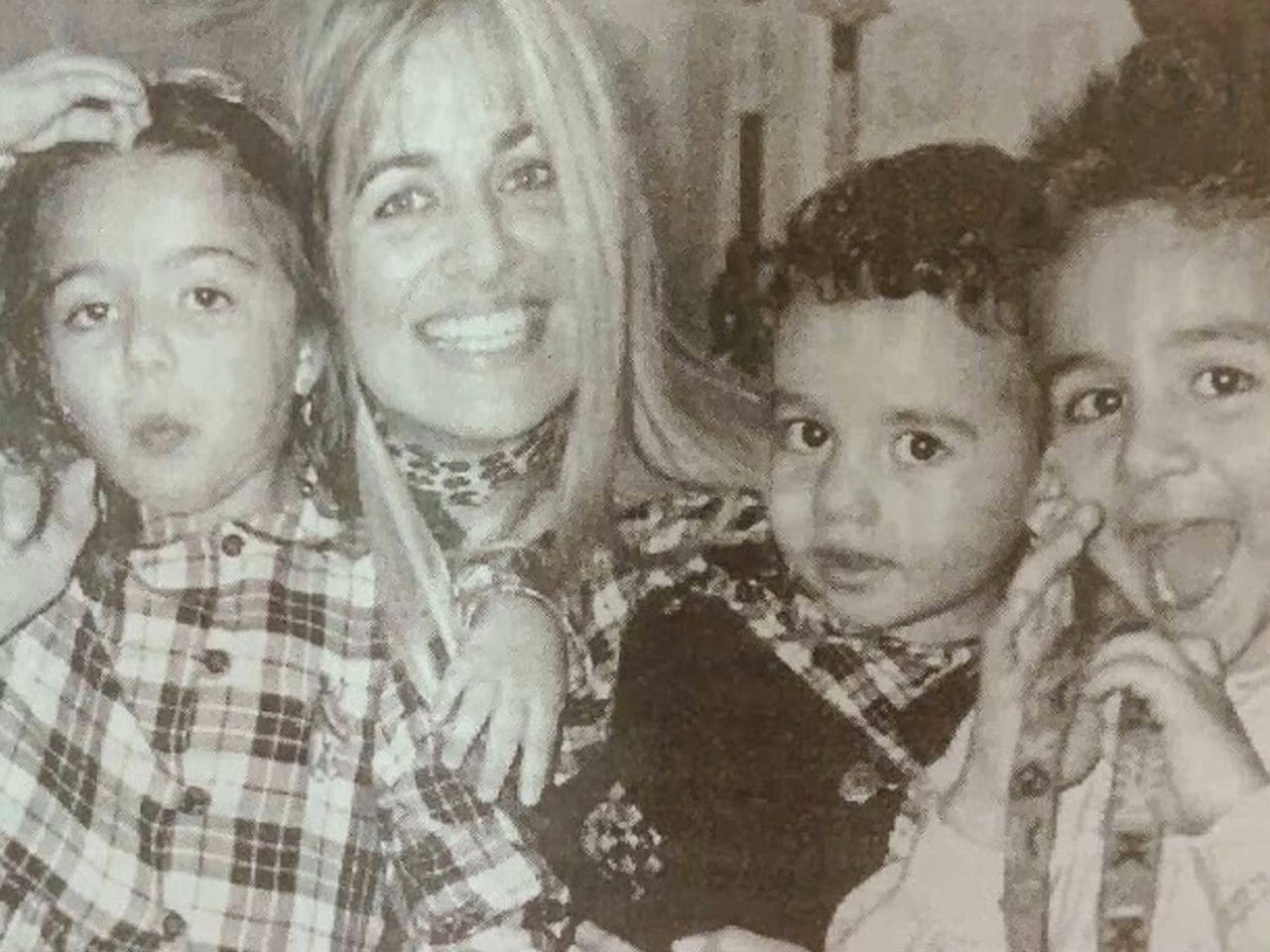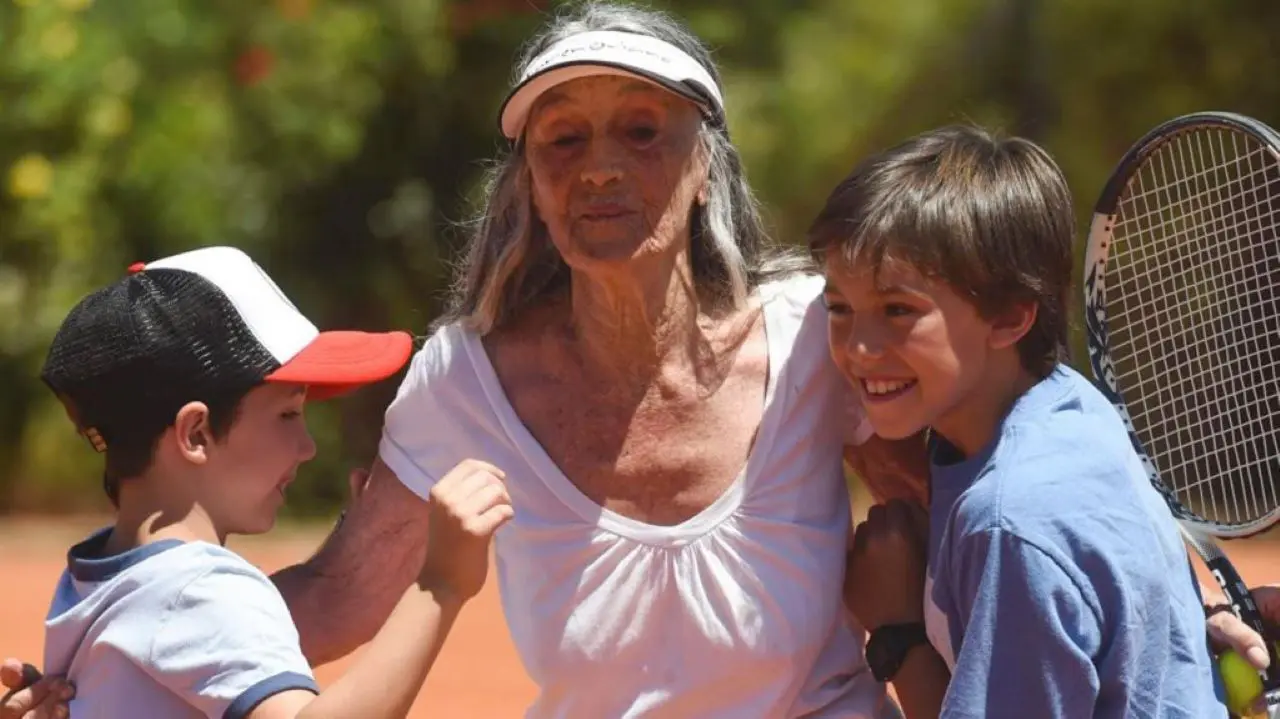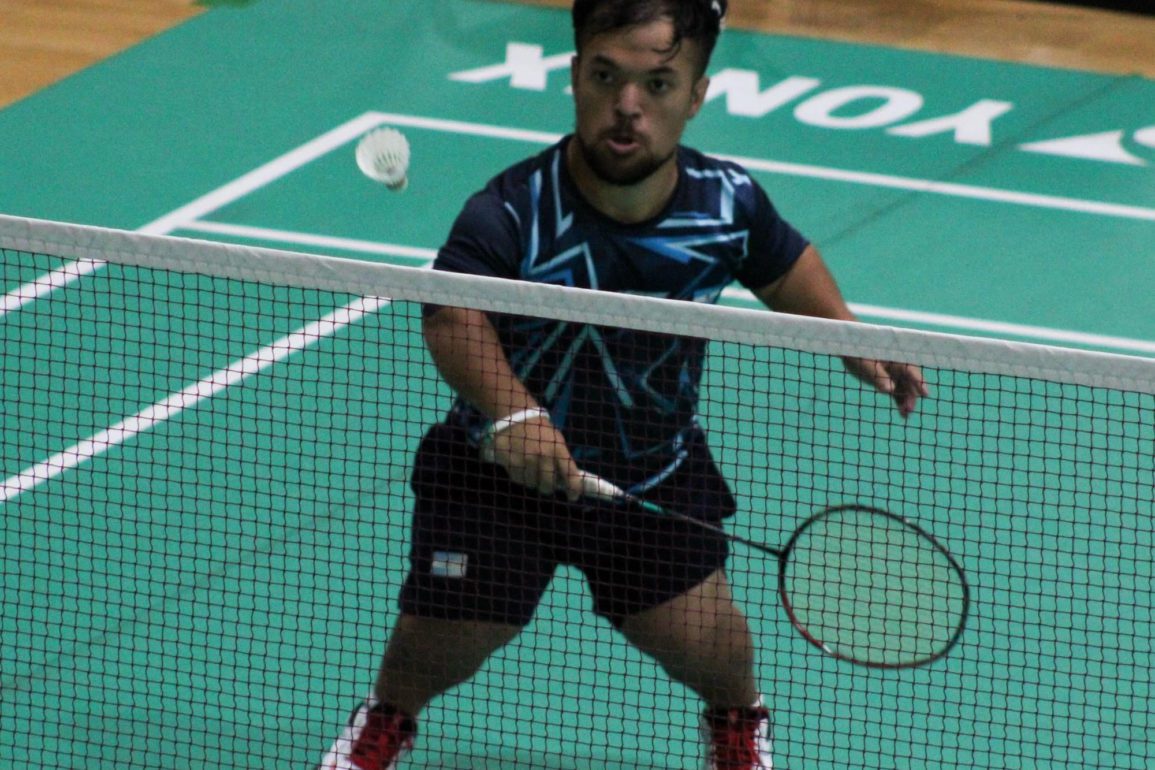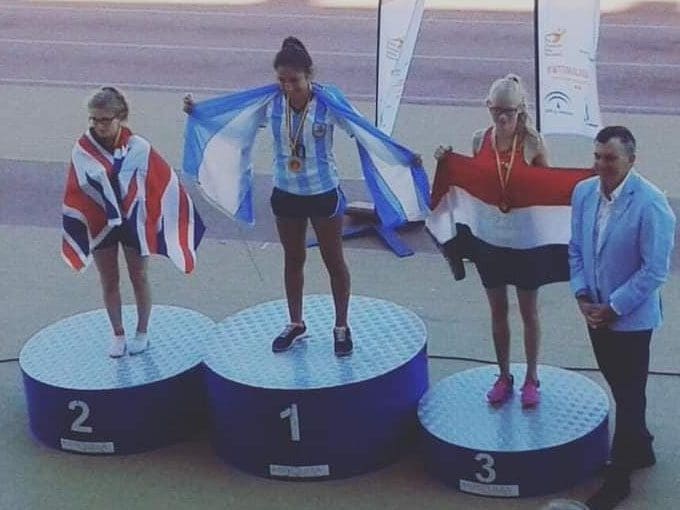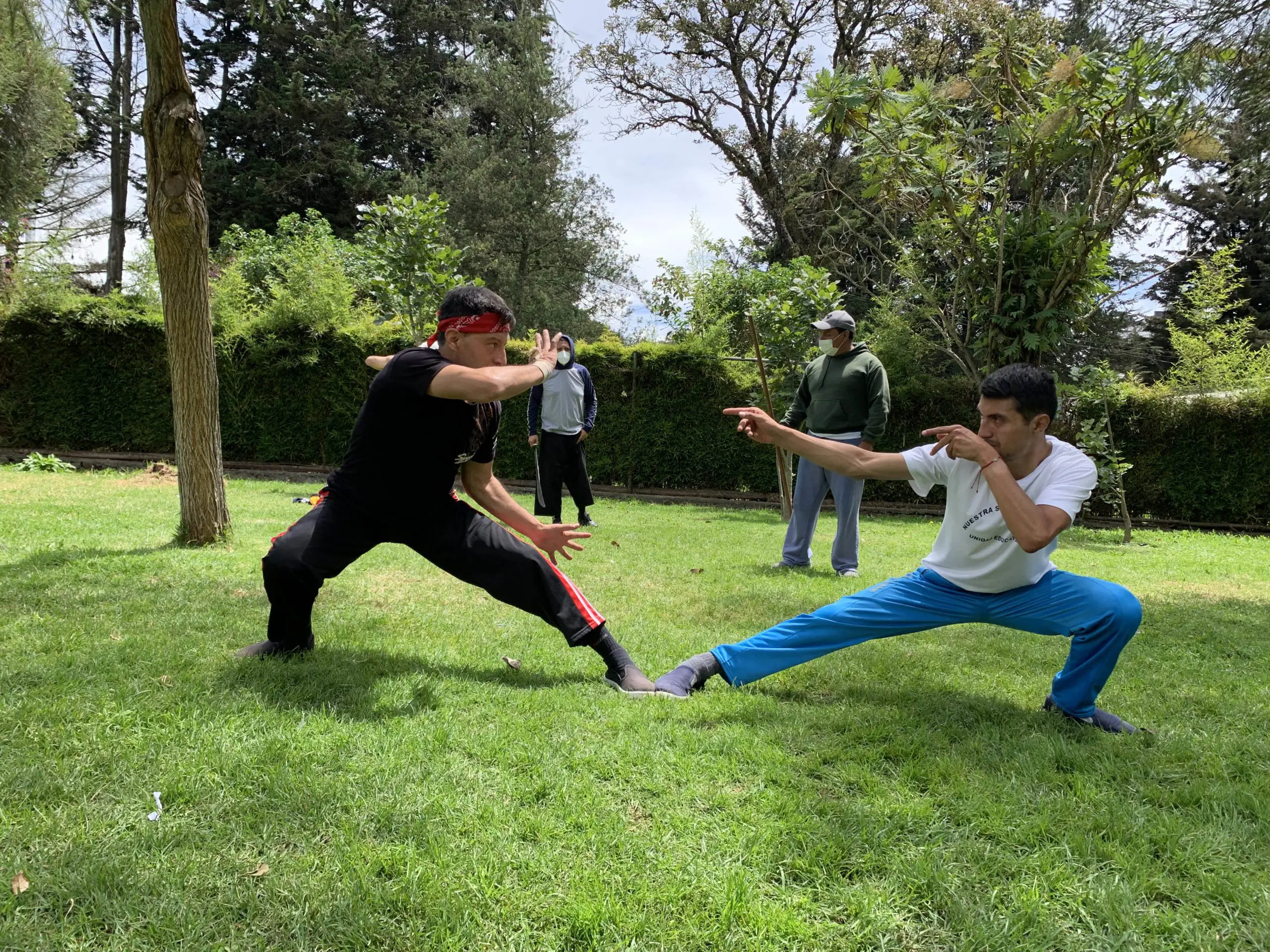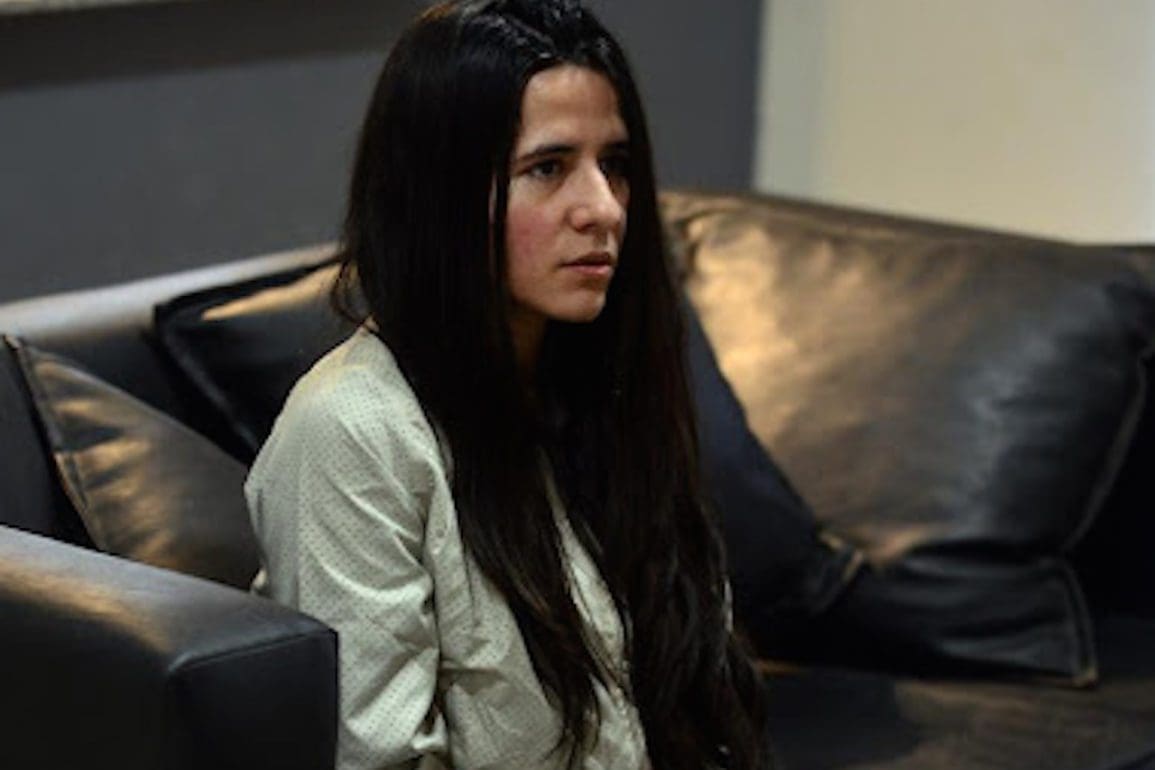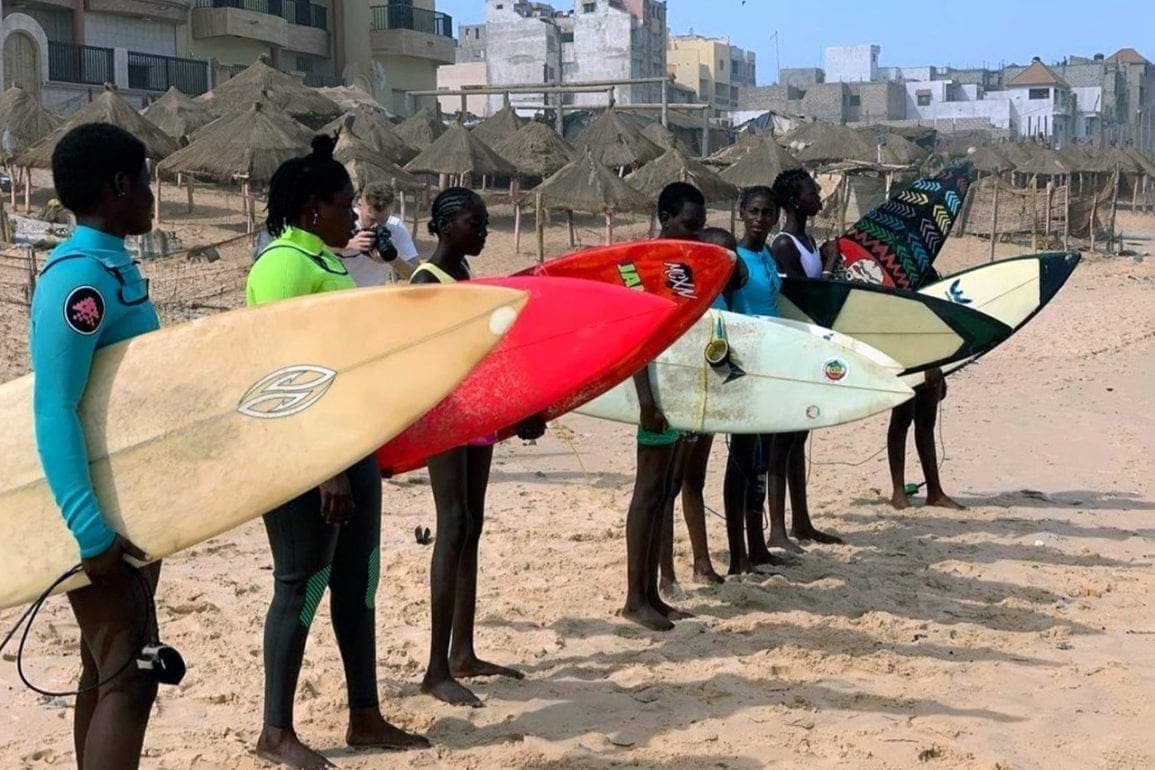Argentina woman breaks gender stereotypes, fights in medieval combat
People often ask if we hit each other during competition. My answer surprises them. For every blow, fall, rise, or movement, when people see us in action, they applaud and shout to cheer us on. During combat, the expressions of astonishment from the public fill me with energy. Under my helmet, I experience tears of joy.
- 2 years ago
August 25, 2022

MENDOZA, Argentina — Five years ago, I watched as two teams in Argentina performed demonstrations of medieval combat. I had no idea such a sport existed, and it intrigued me. Today, I am one of a few women practicing the sport and serve as the captain of the Mendoza medieval combat team Huargos de Vanguard.
The discipline of medieval combat consists of recreating the ancient jousts knights practiced during the Middle Ages. Great historical research goes behind these recreations.
Practicing the rare sport of medieval combat
For me, medieval combat is the perfect release for stress. We recreate one-on-one fights and group battles like three-versus-three. Sometimes we simulate large battles or tournaments called Buhurts including up to 150 people on each side. The atmosphere when we setup a medieval world always proves pleasant.
When we suit up for a dual, we put on specific clothing: armor inspired by the past and blunt swords (without an edge) that can be wielded with one or two hands. When I battle, I carry a one-handed sword, a shield, and wear a helmet and sabatons (or special shoes).
Each piece of armor must have existed in a specific period in history and must be made of the same materials. For instance, I cannot carry a sword piece from the year 1350 with other pieces from the 1450’s. Our real replicas must meet the mandate of the historicity committee.
As I put together my armor for battle, I think of protection. The head becomes a central point of attack, so it contains the greatest thickness of iron on my suit. My armor weighs 66 pounds and my sword weighs three pounds. Underneath, I wear sportswear and on top, a gambeson. The gambeson serves as a traditional padded vest and pants to alleviate the impact of the blow.
Training begins with a technical discipline similar to fencing, then progresses to practicing in the gambeson, and ends with training in armor. I feel the thickness and its weight all over my body when I wear it. Over time you become used to that weight.
Dueling requires trust, smashes insecurities
Though extremely rare, incidents sometimes occur in this sport, which makes training very important. When an opponent hits me during practice or in combat, I feel the contact. I can feel their sword, their shield, and their body hitting against my armor. Although it hardly hurts underneath the protection of the gambeson, the constant practice prepares me for the times when it does hurt.

The competition can be intense. In fact, several leagues exist worldwide. In Argentina, we have History Medieval Battle or HMB, the Argentine league of Buhurt, and CAF. On my team, Huargos de Vanguard, I specialize in one of the newer categories – duels. Engaging in a dual requires a high level of trust and the most entrenched connections of any category. While Argentina remains a very strong representative country in the sport, Russia and Ukraine have developed it the most.
The intensity of this demanding sport requires that I face my fears and insecurities. In general, my life remains quite sedentary. I spend most of my time painting or working in my library. Training and dueling ground me. All of my problems disappear during practice since I cannot concentrate on anything else but my opponent. In a fight, I am not only taking care of myself, but the other person as well. It requires undivided attention and focus to face, in front of me, a person who is armed and ready to duel.
The joy of victory and seeing surprise on people’s face
People often ask if we hit each other during competition. My answer surprises them. For every blow, fall, rise, or movement, when people see us in action, they applaud and shout to cheer us on. During combat, the expressions of astonishment from the public fill me with energy. Under my helmet, I experience tears of joy.
I enjoy moments in combat, like when I yell “Noooo” as I fall to the ground, or the warm applause of victory. With each fight, my personal satisfaction is at stake. I keep the goal in sight with every move, backward and forward. When I win and the crowd shouts, I raise my sword into the air. I feel proud to be a part of my team.

When I came in the number of women remained low. Now, many women fight very well, in individual and group disciplines. We constantly remain on the lookout for new fighters.
The fanaticism for the medieval occurs beyond the field of combat. An art and ceremony accompany this sport. In fact, in order to participate in official competitions, the historical fidelity must be completed, not just fantasy.
One of the things I love most about practicing medieval combat is when boys and girls look at me with surprise. They don’t know whether a woman or a man is under the helmet. Once, a little girl saw my painted fingernails and she greeted me. I took off my helmet and looked at her. She smiled at me and said, “I don’t want to be a princess anymore when I dress up; I want to be a knight like you.”













